The Parrot Trust Scotland AGM will be held on Saturday 5th April, 10.30 – 12:00
If you are interested in attending, please email [email protected] to register your interest.
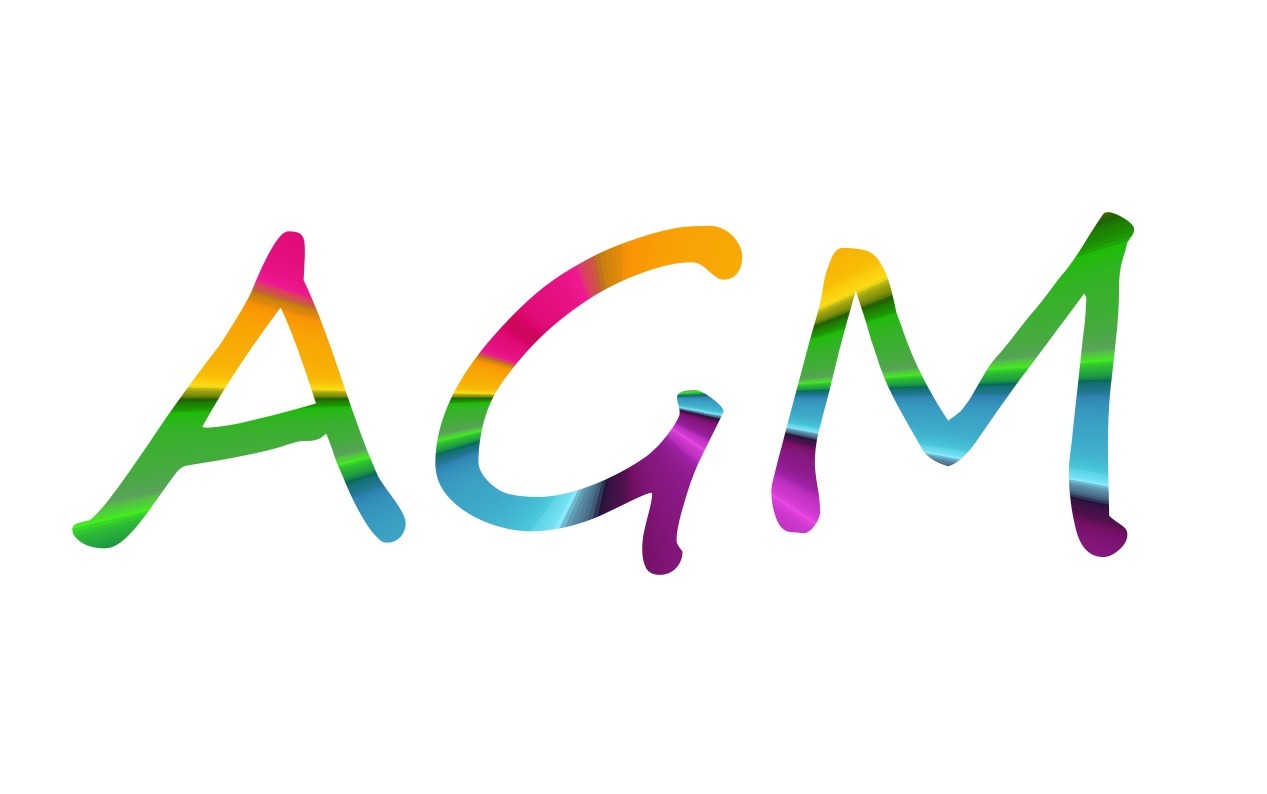
The Parrot Trust Scotland AGM will be held on Saturday 5th April, 10.30 – 12:00
If you are interested in attending, please email [email protected] to register your interest.

The Parrot Trust Scotland AGM will be held on Sunday 28th April 2024 from 10:30 AM to 1 PM.
If you are interested in attending, please email [email protected] to register your interest.

The Parrot Trust Scotland AGM will be held on Saturday the Sat 18th March 2023 from 2:30 PM to 3:30 PM.
If you are interested in attending, please email [email protected] to register your interest.
Raffle tickets cost £1 each, but for every £5 spent on raffles, you will get an additional one free. Raffle numbers will be emailed back to our supporters within 48 hours.

The Parrot Trust Scotland AGM will be held on Saturday the Sat 18th June 2022. If you are interested in attending, please email [email protected] to register your interest.
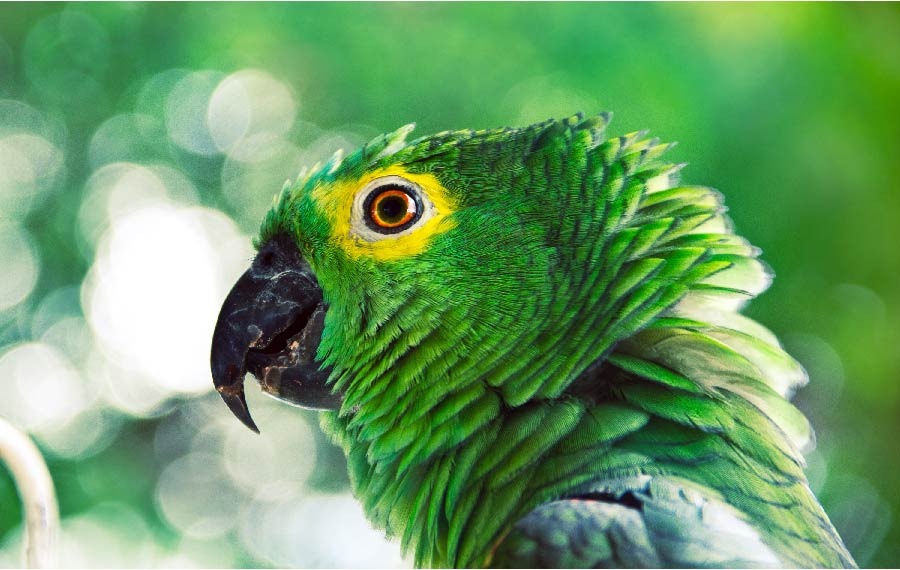
 Feather-plucking, feather damaging behavior or mutilation is a behavioral disorder sometimes seen in captive parrots, companion parrots which chew, bite, snip or pluck their own feathers, resulting in damage to the feathers, feather follicles and occasionally the skin. It is especially common among, African Greys and Cockatoo’s. The areas of the body that are mainly plucked are the more accessible regions of their body such as the neck, chest, upper back, inner thigh, tail and wing area.. The most common reasons for feather plucking are: cage size is often too small and restricts the parrot’s movements; the cage design and lack of toys to stimulate them, and solitary housing, which fails to meet the high social needs of the parrot, illness and lastly poor diet.
Feather-plucking, feather damaging behavior or mutilation is a behavioral disorder sometimes seen in captive parrots, companion parrots which chew, bite, snip or pluck their own feathers, resulting in damage to the feathers, feather follicles and occasionally the skin. It is especially common among, African Greys and Cockatoo’s. The areas of the body that are mainly plucked are the more accessible regions of their body such as the neck, chest, upper back, inner thigh, tail and wing area.. The most common reasons for feather plucking are: cage size is often too small and restricts the parrot’s movements; the cage design and lack of toys to stimulate them, and solitary housing, which fails to meet the high social needs of the parrot, illness and lastly poor diet.
Early experience
Feather-plucking is often attributed to a variety of social causes that may include poor socialization, absence of parents during the rearing period and because of this, the young parrot subsequently expressing the disorder fails to learn appropriate preening behavior. Isolation In captivity, companion parrots are often kept isolated from ‘their’ own kind, whereas in the wild they would form stable, large flocks. Deprivation of a social or sexual partner may lead to ‘separation anxiety’, ‘loneliness’, ‘boredom’, sexual ‘frustration’ and/or ‘attention-seeking’ behavior’. These factors may all contribute to feather-plucking. Poor environment
Increasing their environment with suitable toys, foraging toys etcetera can sometimes reduce feather-plucking. Parrots in captivity are usually given energy-dense, readily available food that is consumed rapidly, whereas in the wild they would have to spend many hours foraging to find this. Stress Feather-plucking can also be because of stress, loneliness, boredom, induced by inappropriate social or environmental factors. It has also been suggested that long day-lengths can cause feather-plucking; presumably this could relate to birds becoming overly tired and therefore stressed. Medical and physical factors
Many medical causes underlying the development of feather-plucking have been proposed including allergies, skin irritation (e.g. by toxic substances, low humidity levels), obesity, pain, reproductive disease, systemic illness (in particular liver and renal disease), hypocalcaemia, psittacine beak and feather disease (PBFD), psittacosis, airsacculitis, heavy metal toxicosis, bacterial or fungal folliculitis, genetic feather abnormalities, nutritional deficiencies (in particular vitamin A and Calcium) Some parrots exhibiting feather damaging behavior have been diagnosed as having inflammatory skin disease based on paired skin and feather biopsies. The, parrots try to relieve itching by grooming their feathers, but this often leads to over-grooming and eventually feather-plucking.
Treatment
Veterinary treatment and an improved and more stimulating environment may help birds suffering from feather-plucking. There are organic bitter sprays that are sold in pet stores and online for parrots to discourage plucking, although we don’t recommend this since it doesn’t address the real reason why the parrot is plucking feathers and shouldn’t be used unless you are told to use it by an avian vet.
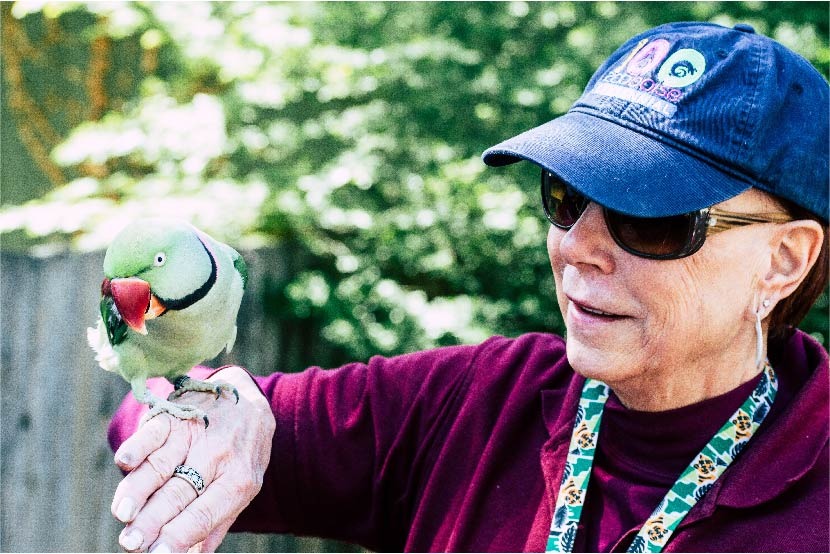
 Indications of parrot/human bonding, loosely in order by strength and the progression of bonding.
Indications of parrot/human bonding, loosely in order by strength and the progression of bonding.
Symptoms of Overbonding
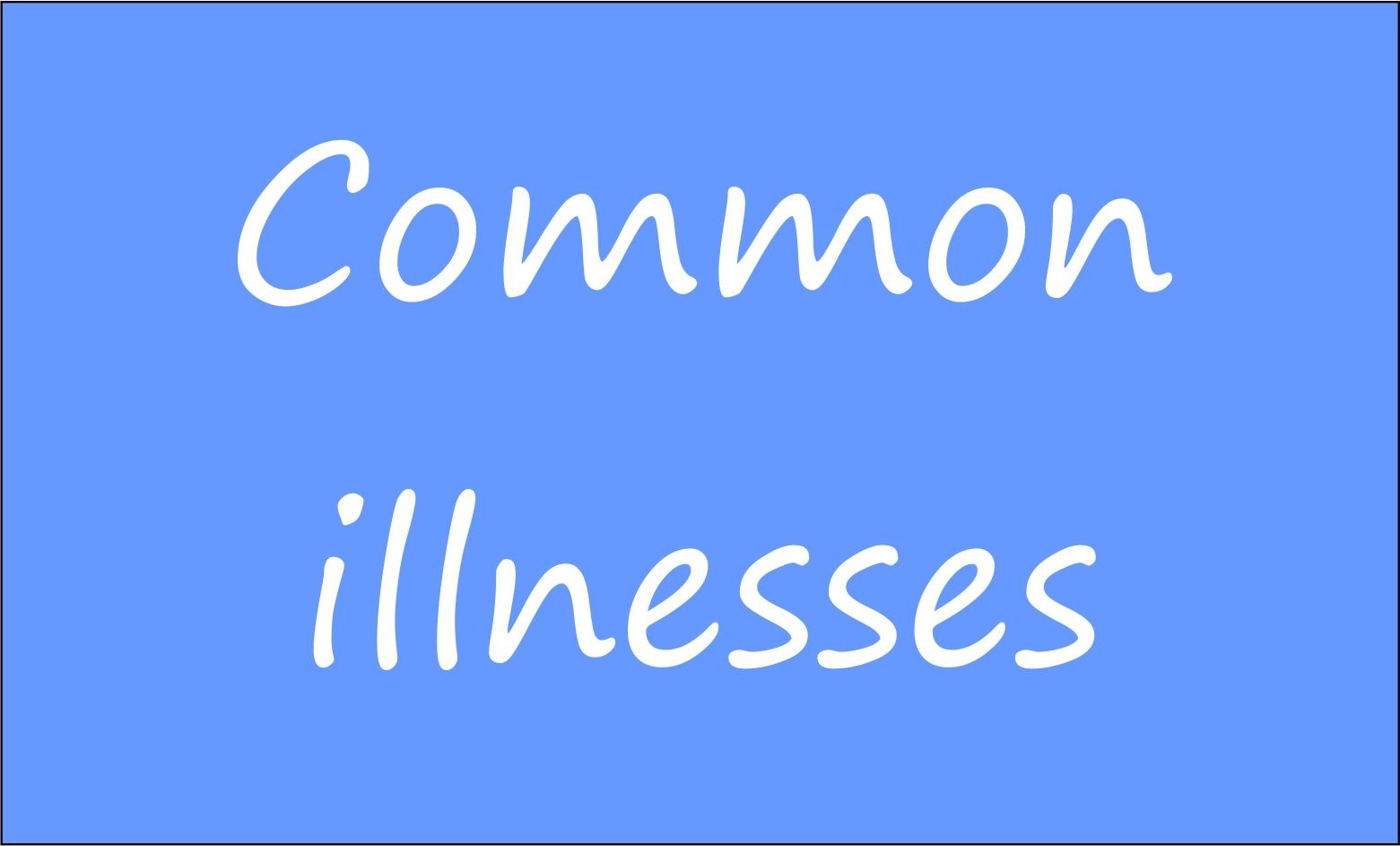
 Symptoms of Illness can be subtle in birds. Things to look out for include; a change in colour or consistency of droppings, sleeping more, changes to the voice or not talking/singing, breathing heavily or any abnormal noises when breathing e.g clicking or wheezing, decreased appetite, changes to thirst, vomiting or regurgitating.
Symptoms of Illness can be subtle in birds. Things to look out for include; a change in colour or consistency of droppings, sleeping more, changes to the voice or not talking/singing, breathing heavily or any abnormal noises when breathing e.g clicking or wheezing, decreased appetite, changes to thirst, vomiting or regurgitating.
At the Parrots Trust Scotland, we recommend disease testing for all types of parrots. Some birds can be infected but show no symptoms of disease. Certain diseases spread easily and are difficult or impossible to treat. Please speak to your avian vet if your parrot has any symptoms of disease or you would like to discuss testing.
Psittacine Beak and Feather Disease Virus (PBFD)
PBFD is an important infectious disease seen in parrots. It is caused by a small Circovirus and is transmitted by direct contact between birds. It can also be spread by contamination of objects such as clothing, food bowls and perches. The virus is found in faeces and feather dander. It is very hardy and difficult to remove effectively from the environment. All parrots are at risk, but some birds seem to be more susceptible including African Greys, Cockatoos, Lovebirds and Budgies. In some birds the virus causes abnormal or loss of feathers and abnormal beak growth, in other birds the virus causes no external symptoms but causes immunosuppression and affects internal organs. Unfortunately there is no cure for PBFD. PBFD makes the parrot more susceptible to infections it would normally be able to fight off and can quickly be fatal, although some birds can live for a while after diagnosis. We recommend testing any new bird for PBFD prior to introducing them to an existing collection of birds. This test is done on a blood sample that can be performed by your avian vet.
Chlamydia (Psittacosis)
Chlamydiosis is an infectious disease caused by the intracellular bacteria Chlamydia Psittaci. It can affect parrots as well as other species of birds including finches, canaries, birds of prey, turkeys ducks and chickens. This organism can be shed intermittently in the stools as well as discharge from the eyes and nose. Some parrots may not show symptoms and appear outwardly healthy. The symptoms in birds include greenish diarrhea, weight loss, conjunctivitis, respiratory problems, lethargy. It is possible for people to develop this infection so it is important to test all new birds for this prior to introducing them to a house or aviary. Symptoms of psittacosis in people includes; cough, fever, sore throat, vomiting and diarrhoea. Screening is particularly important in households with people who may be more susceptible to infection including very old or young, pregnant women, people undergoing chemotherapy treatment. Testing can be performed on a pooled faecal sample (over three days) or a blood test. Several tests may be required to diagnose the infection. Chlamydiosis treatment is possible but includes a long treatment course with an appropriate antibiotic such as doxycycline.
Polyoma Virus
Avian polyoma virus usually affects young parrots and has been reported in a wide variety of species. Budgies, conures, macaws and lovebirds are commonly affected. In baby budgies the virus may cause high death rates as well as abnormal feather growth. Budgies may lose their primary wing and tail feathers but the rest may remain normal. In older parrots symptoms may include delayed emptying of the crop, weakness, sudden death. Polyoma virus can be diagnosed via blood samples or swabs of the cloaca or mouth. Unfortunately there is no treatment available. Some birds can clear the virus effectively but some may continue to shed the virus whilst not showing symptoms.
Bornavirus (PDD)
Avian bornavirus has been shown to be a cause of proventricular dilatation disease in parrots, which used to be known as ‘Macaw wasting syndrome’. The virus has been identified in many different species of birds. The virus is intermittently shed in droppings and transmitted by direct contact or faecal-oral route. Clinical symptoms occur as the virus progressively destroys nerves which supply the proventriculus, ventriculus and intestines. Symptoms may include weight loss, crop stasis, undigested seeds in faeces, regurgitation. Radiographs of the parrot can be used to diagnose proventricular dilatation disease and blood tests can be used to screen for Bornavirus infection. Unfortunately there is no curative treatment but the disease can be managed with anti-inflammatory medications and specialized diet.
Metal toxicity
Heavy metals can be found throughout our homes and toxicity is a fairly common ailment in our companion birds. Ingestion of lead or zinc can occur when a bird chews on toys, cages or jewellery made of these metals. Fortunately, the vast majority of birds can be saved with proper treatment.
Find out more on Birdtricks online in the link below giving you common signs and the metals that are toxic to your birds
https://birdtricksstore.com/blogs/birdtricks-blog/heavy-metal-toxicity-in-parrots
Never clip your bird’s wings
Wing clipping can cause psychological distress, encourages feather plucking due to irritation and can result in injuries from falls. Flying provides good stimulation and exercise for your bird.
Insurance
Whether you own one or more, your parrots are an important part of your life. Insurance can be an important way of being prepared for any situation, should your bird become ill suddenly, vet bills can often quickly escalate. We recommend Exotic Direct Pet Insurance – https://www.exoticdirect.co.uk/
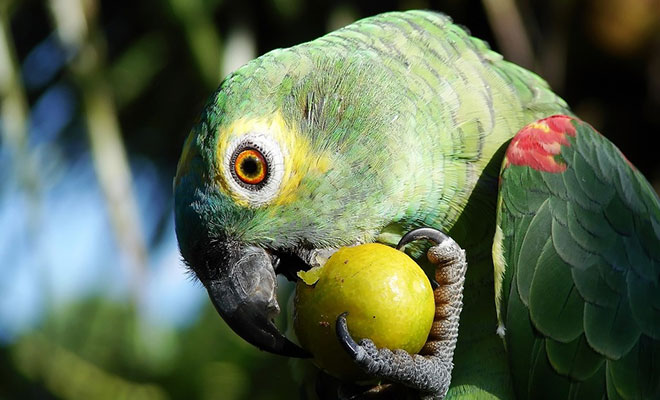
 Could the reason be YOU? Companion parrots react to how we humans feel when we approach them. They pick up on if we are stressed, nervous or unhappy, so its best not to approach them when we are nervous, stressed or unhappy. They will sense it and this will result in fear and apprehension. Parrots don’t have much time to think and are more likely respond with a quick bite.
Could the reason be YOU? Companion parrots react to how we humans feel when we approach them. They pick up on if we are stressed, nervous or unhappy, so its best not to approach them when we are nervous, stressed or unhappy. They will sense it and this will result in fear and apprehension. Parrots don’t have much time to think and are more likely respond with a quick bite.
Another way we can cause companion parrots to bite is if we use our hands for punishment. if we use our hands to shoo them away or even worse to throw objects towards or at them in order to “shut them up” or stop a behaviour we consider bad and the next time we want to handle them after that, they won’t know whether our hands approach them in a friendly manner or to punish them or to drive them away.
Also, if you only pick them up with your hands or arm to put them back into the cage, they will soon learn to dislike your hands or arms very quickly. This being said, in order to prevent them from disliking your hands or arms use them for fun things, like walking around the house, giving scritches/tickles, healthy treats and talking to them this will help your parrot realise that your hand or arm is not only used for putting them back in their cage. One of the most important things is to teach your parrot that they have nothing to fear of your hands.
In many cases (particularly in cases of poorly socialized or abused birds), it is self-defence. They may have learned that hands are something to be scared of — because people might have attacked them) in the past, waved their hands in a threatening manner at them, used their hands to throw things at them … Once that happens, birds will associate hands with something bad. We use our hands for self-defence. Birds don’t have hands — they use their beaks. The trick is to teach them that hands are something good and only to be used for preening them, holding them, giving them healthy treats. Never ever use your hands in a negative way. Be aware of how your hands are perceived by your parrot. Always approach your parrot with your hands slowly, in a non-threatening manner. The more your parrot learns to trust you, the less likely you’ll get bitten.
The more scared or startled they are, the harder they will bite. Parrots are prey animals and have learned that predators can approach them at any time, sometimes they may not realise that it is their human that is approaching them quickly, and they will bite to fend off a potential predator.
Even bonded parrots will bite, but mostly only to let you know they don’t like what you are doing and their bites are generally gentle and don’t hurt. However, if you ignore this “gentle” warning, the bite becomes more forceful and painful.. Playtime and exercise: Parrots use their beaks for climbing and holding on to things as they move about. These bites are usually not painful.
Reacting to a bite…
If your parrot is sitting on your hand while biting, drop your hands a few inches, this will force your parrot to focus on getting its balance back and they’ll usually release their grip on your finger. Place your parrot on the floor or on a play stand. . The worst thing you can do when your parrot bites or is trying to bite is to scream, yell or pull away. Such reactions will only reinforce this behaviour. Instead, you should find ways to prevent being bitten. For example, take the time to learn your parrot’s body language. Do they pin their eyes, flex their wings, fanned tail feathers, fluffing up their feathers to make themselves look bigger and crested parrots such as cockatoos will put up their crest for the same purpose, before they bite etcetera? Most birds have a common signal to tell you they’re getting angry. Learn these signals and the two of you will be able to come to a harmonious solution much faster.
Gaining your Parrots trust
You will have to spend some time working with your parrot. Talk to him calmly. Understand that your parrot may become aggressive as long as he or she doesn’t know and trust you. Spend lots of time making friends with your parrot in a non-threatening manner. Don’t approach them with your finger or your hand until a bond or understanding has been established, and even then, only when they are okay with it. In fact, don’t force physical contact at all. Gain their trust by talking and spending time interacting with your parrot in a manner that doesn’t put any stress or demands on them. Offering healthy treats also helps to gain trust, but the goal is to have the parrot come to you to get the treat, rather than you breaking through their comfort zone barrier to get the treat to him or her, which may result in a bite.
You should accept your parrot on his or her own merits. The parrot that you have may not be the cuddly companion you anticipated, parrots are not domesticated animals like cats and dogs, they’re essentially still considered wild. However, every parrot will have personality traits that you’ll really enjoy; whether it is singing, talking, or just being a companion who likes to sit near you while you are watching TV. Enjoy them for what they are, in the end you may be surprised about how strong a bond you both have forged.
The rule of thumb is, If you want to see that behaviour repeated, reward it! If you don’t want to see that behaviour again, ignore it.
For further reading, the following link may be of interest
https://birdtricksstore.com/blogs/birdtricks-blog/parrot-training
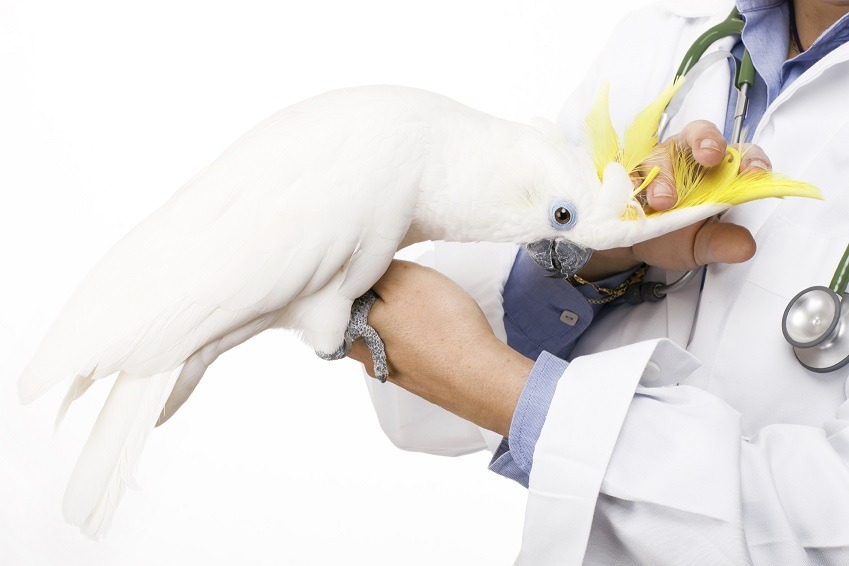

An important part of caring for your parrot is regular check ups from an avian qualified vet. However, not all vets are comfortable dealing with parrots. Below are a list of vets in the central belt of Scotland who we know of who are willing to see parrots and/or have other vets consult with them. Please remember that birds will put all their energy and effort into concealing any illness in order to prevent being “easy prey”, so if you suspect something is wrong with your bird – time is of the essence and please contact your vet as soon as possible.
The Royal (Dick) School of Veterinary Studies,
The University of Edinburgh,
Easter Bush Campus,
Midlothian EH25 9RG
0131 650 7650
[email protected]
Apex Veterinary Centre,
36 Winchester Ave,
Denny FK6 6QE
01324 829989
[email protected]
Lawrie Vet Group Cumbernauld,
Kenilworth Ct,
North Carbrain Road,
Cumbernauld,
Glasgow G67 1BP
01236 727876
[email protected]
Ark Veterinary Clinics Ltd,
479-481 Main St,
Coatbridge ML5 3RD
01236 432448
[email protected]
Ashgrove Vets,
10 Belmont Road,
Aberdeen,
AB25 3SR
01224 486444
[email protected]